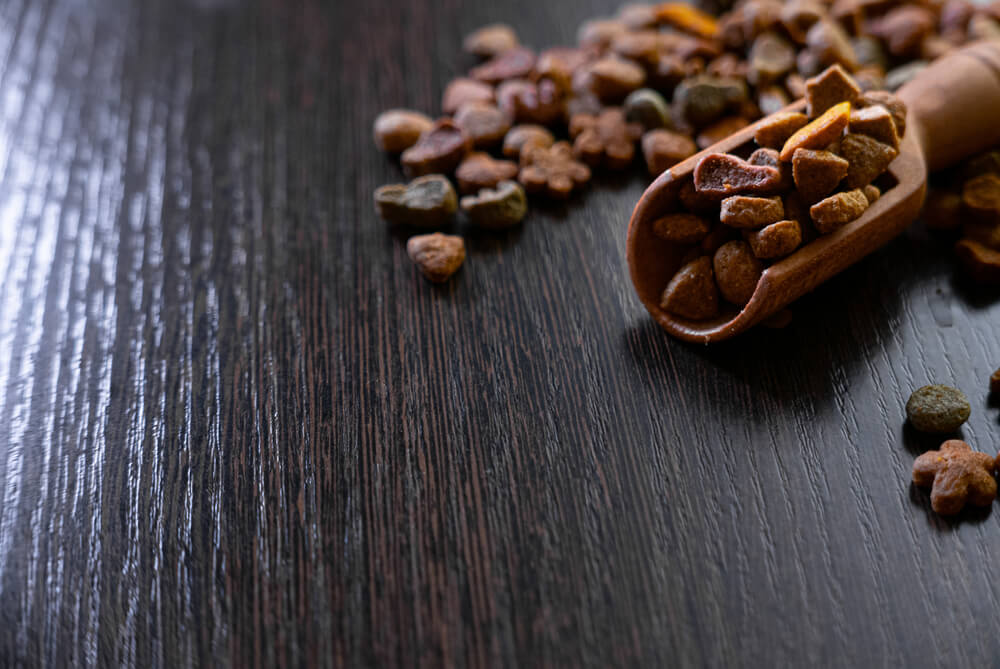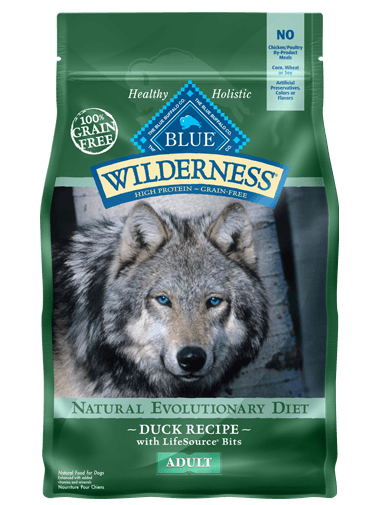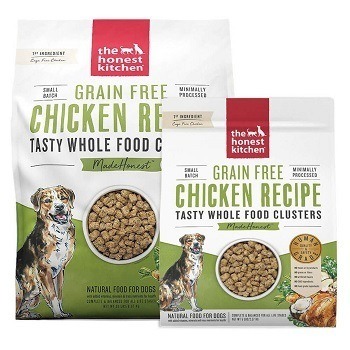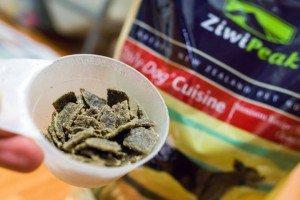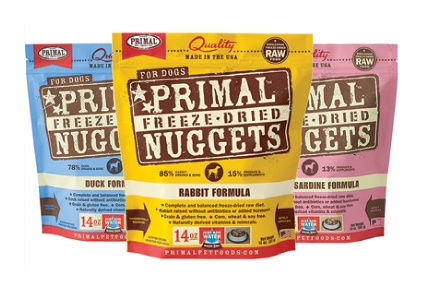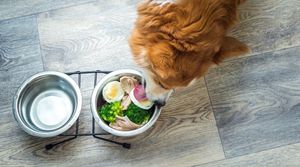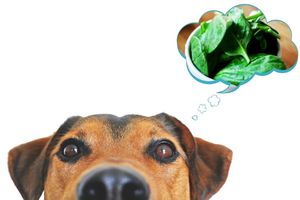One of the most important decisions you make as a dog owner is what they will eat. Should you go with a raw diet, or a pre-made kibble? Not knowing how dry dog food is made can make it even harder to choose.
We understand the struggle, and we have a solution. Once you learn about the dry dog food manufacturing process, you’ll be able to make an informed decision about what food is best for your dog.
In this article, we briefly cover the history of dry dog food (which is not as dry as it sounds!) before going into detail about how modern dog food is made. We also touch on how trending high protein formulas impact the manufacturing process.
Let’s get right into it.
History of dry dog food
Some sources say that dry dog biscuits and cakes have been around since Ancient Roman times (753 BC - 476 AD).
This is plausible considering the fact that agriculture was a big part of Ancient Rome, and dogs were useful for guarding and herding other animals. They were also good hunting companions. To perform these tasks, the Romans would have needed to make sure their dogs were fed.
Before commercial food, dogs ate mostly raw meat, table scraps, and things they could find or kill themselves.
Dry dog food was first sold commercially in England during the 1800s. In the beginning, most food was canned and used horse meat.
In 1860, Spratt's Patent Meal Fibrine Dog Cakes became available, but it wasn’t until after World War II that feeding dogs commercial food became the norm.
During the war, canned pet food was classified as non-essential and production was halted. Families who could afford it started to rely on dry food because many had to carefully ration their own food to get by.
Processed food was also popular during and after the war because of its longer shelf life, for both humans and their pets.
How Dry Pet Food is Made
Extrusion is by-far the most common process of making dry dog foods.
The other cooking methods for producing dry dog food are: baking, cold pressed, air drying and freeze dried.
Each manufacturer does things a little differently, but there are standards that companies are expected to abide by. First, recipes must be balanced to provide dogs with complete nutrition. This means including essential ingredients like protein, grains, vitamins, minerals, and antioxidants.
AAFCO, The Association of American Feed Control Officials, is an organisation that helps regulate the sale and distribution of animal feeds.
One of the things they do is make sure that recipes are formulated to meet the needs of dogs at different life stages: puppy, adult, and senior.
Because of this, many dog foods contain similar ingredients and levels of proteins, carbohydrates, and fats.
Pet Food Extrusion Cooking
Once a recipe is put together by experts and the ingredients are sourced, manufacturers mix and pulverize the raw dry and wet ingredients to create a dough.
Next, the dough is cooked in a machine sometimes called the expander or preconditioner, which uses hot water or pressurized steam to cook the ingredients.
Once cooked, the dough is fed into an extrusion machine. This machine forces the dough through specially shaped and sized holes and cuts pieces off with a knife to form the kibble.
These pieces must quickly be passed through a dryer to remove any remaining moisture, otherwise they puff up, and then they are cooled.
The reason that kibble puffs up if it isn’t dehydrated after the extrusion process is because these machines were originally created to manufacture puffed breakfast cereals!
Back then, manufacturers realized that these machines could make enough nutritious, shelf-stable dog food to support increasing demand. Today’s machines are made specifically for dog food with the drying process built in.
To review, some of the common pieces of equipment needed to make dry pet food are industrial mixers, conveyors, feeders, extruders, drying ovens, temperature control units, and packaging systems.
Most of these systems are automated for efficiency and to reduce the risk of cross-contamination.
A growing number of critics claim that the multiple levels of processing that are required to produce extruded foods and particularly the very high temperatures they involve (usually 249.8°F for half an hour) obliterates all the good stuff, destroying the nutrient content of food, particularly vit. B complex, retinol, vitamin C, folate and thiamin, some amino-acids and enzymes.
On the end of the spectrum, there are the supporters who recommend extrusion as a cooking process since it kills off parasites and believe it may actually increase digestibility.
Post-Extrusion Add-Ons
One of the final steps in the dry dog food manufacturing process is spraying on a top layer that consists of essential fats, oils, vitamins, along with probiotics, fish oils, preservatives, etc.
They also will often spray a coating of fat on the outside to make the kibble more palatable. The food is then sealed in air-tight bags for freshness.
One important ingredient to look for in dry dog food is taurine, which is added after the extrusion process. Taurine is an amino acid that is found in meat, but unfortunately is lost during the cooking process.
However, after dog food became popular experts started to realize that taurine is extremely important for dogs’ hearts and eyes. Without it, dogs were suffering from blindness and heart disease. For this reason, synthetic taurine is generally added to dry dog food after extrusion.
Another coating that is added to dry dog food is a palatant, also referred to as ‘digest’. Palatant is a flavor enhancement made using broken-down proteins. This makes dry dog food more appealing to dogs who prefer food with a meaty flavor.
It's important to note that studies have shown that the quantity of vitamins in extruded petfood declines by approximately 50% over 6 months storage in ambient conditions and as soon as that bag of kibble is opened and exposed to light and oxygen, those post-extrusion vitamin packs additions instantly die off.
After just 6 months storage vitamin B1 falls by more than 57%, vitamin B2 falls by more than 32%, vitamin B12 falls by 34%, vitamin C falls by 14% and vitamin E falls by 29%. Hofmann La Rodue (1995)
As a result, many pets develop digestive issues with kibble such as gas, bloating, loose stools, constipation and vomiting. That is why, owners should provide additional supplements to adequately digest their food and gain nutrients from them.
Recommendation:
We recommend extruded dry foods that are “grain free” (but still use huge amounts of other types of carbs such as potato or pea, but at least not wheat or corn). Try Blue Wilderness, a holistic blend of high protein grain-free dry dog food made of quality meats (salmon, chicken, bison, duck, beef or turkey) and incorporating added fruits and veggies, vitamins and minerals.
Available at Chewy.com or Amazon.com
Baking Process
Baking is an alternative cooking method that does not involve steam, high pressure or high temperatures compared to the fast method of extrusion manufacturing and therefore leaving more of the nutrients intact.
Oven-Baked Tradition, pet food producers from Canada, states that it takes ten times longer to slow-bake their foods compared to making extruded pet food and allows nutrients to be easily digested.
One of the downsides with baking kibble and treats is the addition of a certain amount of wheat gluten by some pet food manufacturers to help bind the biscuits. Oven-baking generally involves the kibble passing slowly through a long oven atop a conveyor belt.
Recommendation:
We love the Baked & Saucy recipes from "I and love and you". Their baked kibble provides a great solution for those pet parents looking for a simple, less processed, and highly palatable kibble. Each high-protein, grain-free offering starts with responsibly sourced animal proteins (real farm raised chicken or beef sourced). Next, they gently bake the kibble. Finally, they coat in a ridiculously tasty bone broth dogs love.
Find it at Chewy.com or Amazon.com
Cold-Pressing Dog Food
Cold-pressed dog food is still relatively new on the scene but is a word we are hearing more and more about. You'll find this cooking method used in more of the higher end pet food. It has all of the advantages of more conventional dry food cooking but without the process of high pressure and high heat.
Cold-pressing uses both mechanical pressure (pressing, to remove water) and lower temperatures (104º F-167º F) to partially cook and remove water so there is a certain level of processing, but the final stage is certainly a lot less intensive than the extrusion process which most cereal-based, kibbled pet foods are put through.
This very low temperature ensures the preservation of nutrients, especially those of the oils.
Cold-pressed kibble releases nutrients a lot slower and dissolves from the outside in and also protects against the risk of bloat (gastric dilation-volvulus syndrome). Due to the less intensive production, and the absence of preservatives, it has a shelf life of only around 9 months.
Some experts in the field believe cold pressed dog food is the ideal alternative to raw dog food.
Cobbydog, a family based British dog food manufacturer explains why cold pressed dog food is a useful alternative to feeding a pet raw food:
“The gentle production and low temperatures used in cold pressing means the compressed food is high in nutrients compared to kibble or raw diet. Cold Pressed food weighs more than you might think and the resulting density means much less is needed."
Recommendation:
We love cold-pressed dry dog foods that are largely meat-based. Try Honest Kitchen's tasty whole food clusters, crafted from 100% human-grade meats (ranch-raised beef, cage-free chicken or cage-free turkey) and incorporating other whole foods like peas, lentils, eggs, carrots and more. They’re made in the USA in small batches, cold-pressed and then slow-roasted and dehydrated.
Find it at Chewy.com.
Air-dried Dry Dog Food
Raw and fresh ingredients are placed into drying chambers, where air is continually circulated, slowly and gently evaporating moisture.
Air drying locks in the proteins, vitamins and enzymes compared to other methods. The resulting product is a similar to a jerky, however with much more moisture content than the traditional kibble. Thus, drying is the easiest, cheapest and healthiest way to preserve fresh food.
Essentially, the air drying process is between that of freeze drying and traditional dehydration using heat.
Owners need to be aware that some air dried foods (not all!) need to be rehydrated by adding water, so make sure the food is given enough water and time to hydrate. Not doing so could result in the food swelling in the stomach which could result in bloating.
The shelf life of air dried foods is the much the same as other foods because the protein source needs to be preserved with natural preservatives.
Finally, while these air dried kibble packs might seem small, the volume of food you get from them is considerably larger and offers nutrition similar to a raw diet.
Recommendation:
Ziwi uses air-drying to make nutrient-dense, glycerin and filler free, limited ingredient food and treats, with all meats and fish sourced from New Zealand. They're kibble is crafted using higher free-range organ/meat content, which means smaller serving sizes and a lower cost to feed. The kibble is "ready-to-feed" and there's no need to refrigerate or add water. Try their gently air-dried lamb recipe, all of which are good for any breed or life stage!
Available at Chewy.com
Freeze-dried Dry Dog Food
Freeze drying will extract the water content and leave the important part of the meat with all nutritional content intact.
First, freeze-dried food is placed inside a strong vacuum chamber that lowers the temperature to below freezing, and moisture (about 98-99%) is drawn out by slowly raising the temperature. The food’s water content passes into a gas, depleting the food of moisture. This method preserves more of the nutritional content of the food than dehydrating, as proteins, vitamins, and minerals stay intact due to freezing before drying.
Freeze dried dog foods also tend to be more expensive than other kibble, but you’re buying a food which is over and above your average kibble. Since feeding raw is a chore, this is where freeze dried food offers a wonderfully simple (yet more costly) alternative making it arguably the most 'natural' form of dry food available.
They do have incredible shelf lives without the need for any artificial preservatives. Because all but about 3% of the moisture is removed, freeze-dried foods usually require rehydration before serving.
Recommendation:
Primal Pet Food’s is an excellent option of freeze-dried pet food. Their formulas offers a grain-free raw diet with a convenience and shelf life on par with kibble, yet with the wonderful ingredients you would find in a raw diet. All you need to do is rehydrate it with water water prior to feeding – easy peasy.
Check it out at Chewy.com
Safety and Hygiene
The most critical thing that pet food manufacturers must keep in mind regardless of which cooking method they use is safety and hygiene. It doesn’t matter how nutritionally balanced your dog’s food is if it is made in unsanitary conditions, with poorly sourced ingredients, or is improperly sealed and dated.
Mistakes in these areas lead to contamination that can make dogs sick or even be fatal. Strict food safety guidelines should be followed as to not reintroduce pathogens to the ingredients.
By making sure that health and safety come first in all steps of the manufacturing process, companies can avoid costly recalls and potential sickness or fatalities for dogs. Some best practices regarding safety in pet food manufacturing include the use of stainless steel equipment, making sure ingredients meet quality standards upon arrival, and testing for the presence of bacteria.
Following protocol and strict food safety guidelines ensures raw and minimally processed pet foods and treats are kept cold, clean and pathogen-free.
In Summary...
If you’ve been struggling to decide between a raw diet or dry food for your dog, hopefully now you have a clearer idea of what’s best for your dog and lifestyle.
Both raw and commercial diets have their merits, but dry food tends to be popular with most owners. Dry food’s popularity is due to its convenience, and budget-friendliness. Owners know that they are supplying their dogs with the balanced nutrition that they thrive on. Raw diets can be expensive and require specific knowledge to put together safely and fulfill all your dog’s dietary requirements.
However with so many dry dog food options available, it's easy to see how many dog owners feel overwhelmed by it all. Every method of cooking dry food described above has its own pros and cons and no one category is 'best' for all dogs or all owners.
One thing you can look for when choosing a dry dog food is whether you can trace where the company manufactures their dry food.
If the kibble is made by a reputable company (preferably not one from China, where more questionable ingredients and practices are used), you know that it will be safe for your dog. Other things to look for include regulatory oversight like inspections and proper dates on dry dog food packaging.
The final purchasing decision has to come down to what's best for you (personal preferences, budget, convenience, ethical beliefs and so forth) and your pet dog (their individual health and personal preference).

